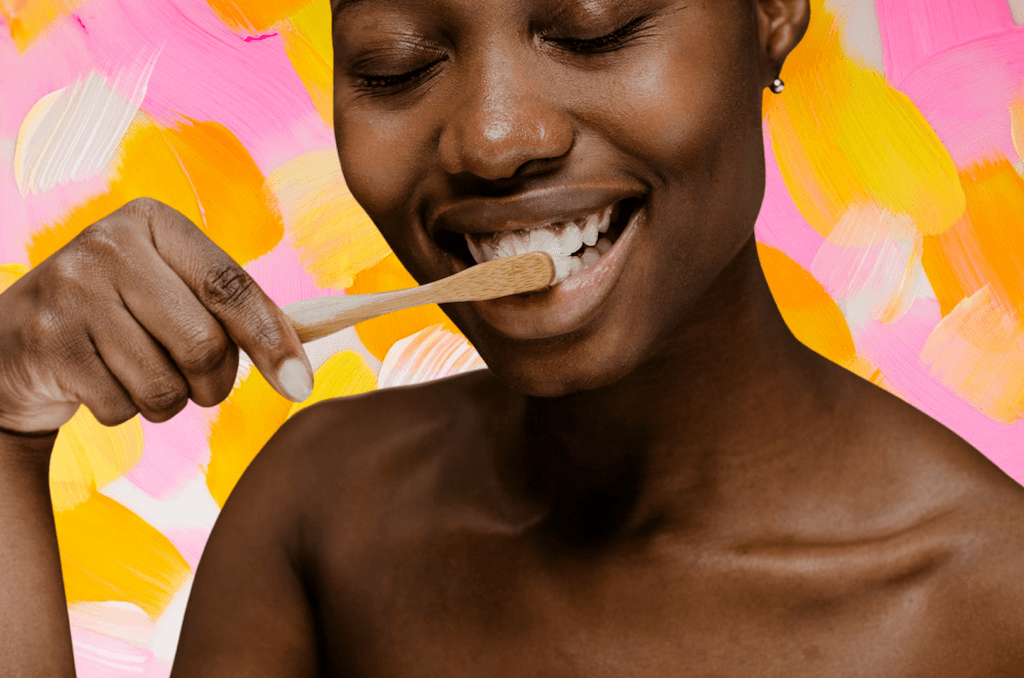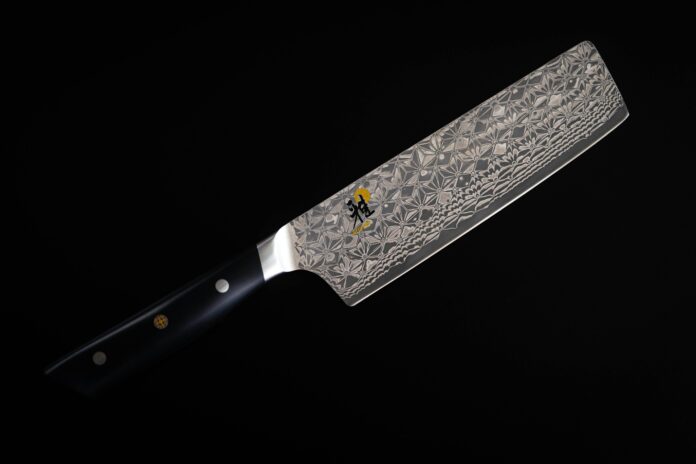Most people have been brushing their teeth since they were old enough to stand on a step stool and reach the bathroom sink. It’s such a fundamental part of daily routine that many do it on autopilot – morning and night, without much thought to technique. Yet dental professionals across the UK continue to notice the same brushing mistakes cropping up time and time again. These seemingly minor slip-ups could be affecting dental health more than many realise.
Standing Not So Firm
Take the common misconception about toothbrush firmness. That firm-bristled toothbrush that seems like it would give teeth a proper clean? It might actually be doing more harm than good. Hard bristles can cause microscopic damage to both enamel and gums. The solution is to opt for soft, flexible bristles that can gently sweep away plaque while protecting dental health.

Pressure Drop
Pressure is another crucial factor to consider. Gripping the toothbrush like it’s a tool for scrubbing burnt lasagne off a casserole dish isn’t doing any favours. Plaque is surprisingly easy to remove; it’s thoroughness, not force, that gets the job done. A simple technique adjustment can help: holding the brush with just a thumb and two fingers naturally prevents applying too much pressure.
Take Your Two Minute Time
Time is another factor where improvement is often needed. Rushing through dental routines, especially on busy mornings, is a common habit. But cutting brush time from two minutes to one means potentially missing thousands of bacteria. Setting a timer or playing a favourite song while brushing can help ensure adequate cleaning time.
Three Months Is The Magic Number
The condition of the toothbrush itself is often overlooked. Even with perfect technique, a worn-out brush won’t do its job properly. The British Dental Association recommends replacing brushes every three months, or sooner if the bristles start looking frayed. A practical approach is to purchase replacement brushes in advance and mark the “start using” date on each one, taking the guesswork out of timing replacements.
Acid Trip
Counter-intuitively, it’s important to resist the urge to brush immediately after enjoying acidic foods or drinks. That glass of orange juice or evening wine temporarily softens tooth enamel, and brushing straight away can actually wear it down. The better approach is to rinse with water and wait half an hour before picking up the toothbrush. Sugar-free gum can help neutralise the acid while waiting.

Tooth Brushing Tekkers
As MaryleboneSmileClinic tell us so succinctly, “technique matters as much as timing.” Rather than keeping the brush parallel to the teeth (as most people do), positioning it at a 45-degree angle to the gumline makes a significant difference. It’s similar to sweeping under a rug – getting underneath that edge is essential for proper cleaning. This simple adjustment helps remove plaque from one of its favourite hiding spots: just beneath the gums.
Both Sides Now
When brushing does occur, it’s essential to give equal attention to all surfaces of the teeth – including the often-neglected tongue side. While it’s natural to focus on the visible surfaces, plaque doesn’t discriminate. Those hidden surfaces need just as much attention as the ones on display.
Rinse & Repeat? Think Again
One of the most counterproductive habits happens right after the brushing is done: immediately rinsing with water. While it feels natural to want a fresh, clean mouth, that post-brush rinse actually washes away the protective fluoride that’s just been applied to the teeth. Fluoride needs time to work its magic, forming a protective barrier against decay-causing bacteria.
Instead of rinsing straight away, simply spit out the excess toothpaste and leave it at that. For those who find the lingering taste uncomfortable, a small amount of fluoride mouthwash can be used as a final step – but even then, nothing should follow for at least 30 minutes. This small change in routine allows the fluoride to do what it does best: strengthen enamel and provide ongoing protection between brushing sessions.
The Bottom Line
These might seem like small adjustments to a daily routine, but their effects compound over time. Teeth are meant to last a lifetime, and a few mindful minutes each day is a small investment in long-term dental health. Different people have different dental needs, so consulting with a dental professional about personalised recommendations can help identify missed areas or necessary technique adjustments. Not ‘can’; it is, in fact, a must.





